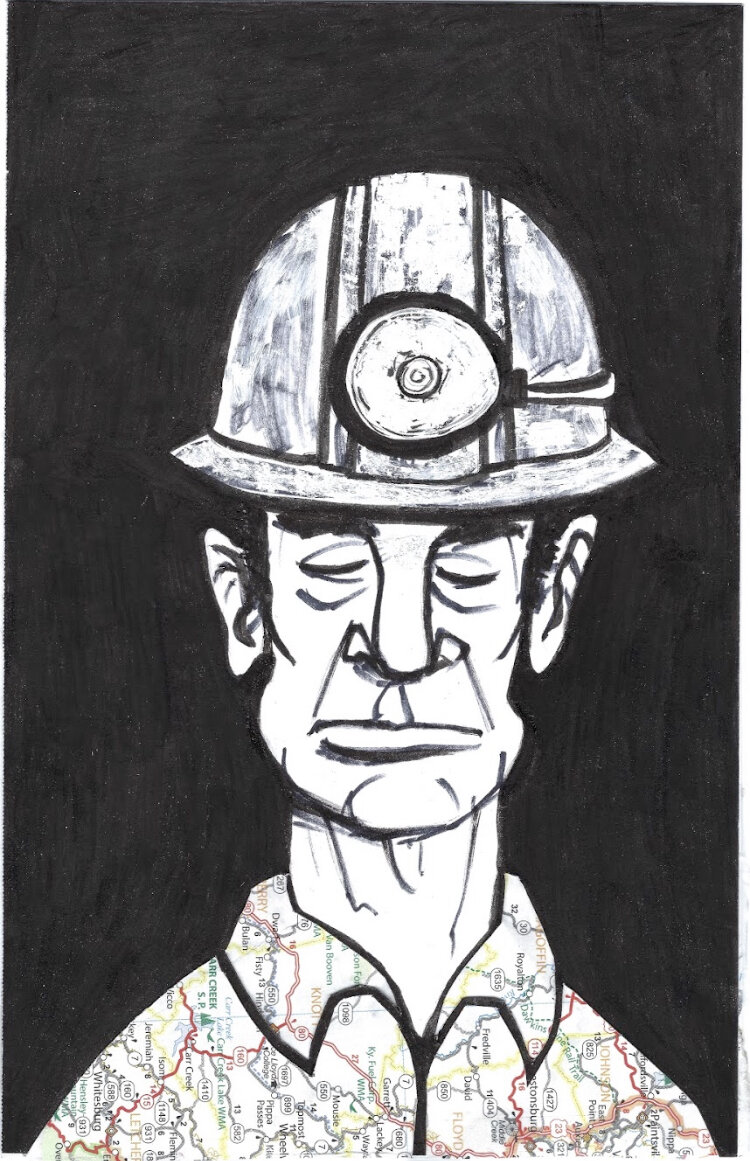About Black Lung
Coal miners and their communities are facing an epidemic as black lung disease has risen to historically unprecedented levels.
Since 2000, after decades of decline, the number of U.S. coal miners diagnosed with black lung disease has dramatically increased. In Central Appalachia, 1 in 5 veteran miners have the disease and the rate of miners being diagnosed with the most severe form of the disease ― Progressive Massive Fibrosis (PMF) ― is the highest ever recorded. These cases of PMF are being diagnosed in miners with as little as 8 years of experience, who are as young as 38, and even in those that have only worked in surface mines. In summary, miners with black lung disease are younger and sicker than ever before. This resurgence of black lung disease is being driven in large part by miners’ increased exposure to silica dust.
Federal agencies need to do more to reduce dust exposure and prevent black lung
In 1995 the National Institute for Occupational Safety and Health (NIOSH) looked at MSHA’s 2.0 mg/m³ coal dust standard and determined that it was not sufficiently protective of miners and that the level should be reduced by half. NIOSH also found that crystalline silica constituted a particular lung hazard to coal miners and recommended that the exposure limit be reduced from 100µg/m³ to 50µg/m³. In 2014, MSHA reduced the coal dust standard from 2.0 to 1.5mg/m³. Though the 2014 coal dust rule was some progress, the silica standard for miners has not been updated since 1985, despite overwhelming evidence that updating this standard could save lives. In 2016 the Occupational Safety and Health Administration (OSHA) established a reduced silica standard that matches the NIOSH recommendation and allows exposure to a concentration of 50µg/m³ of silica over an eight-hour shift. MSHA must promulgate a new rule that matches, or is lower than OSHA’s standard. It is unacceptable and unconscionable that our nation provides miners less protection than any other group of workers when they are most at risk of developing black lung disease.
We’ve been telling them for years that this problem is growing
Coal miners, their doctors, attorneys and allies across the region have been tracking this growing issue and have advocated clearly over the years about the need for swift action. Instead, Congress and federal agencies like MSHA have allowed the problem to grow into an epidemic level crisis. Despite significant health issues, miners with black lung, widows, family members and allies have taken numerous actions in the past year alone. In December 2019, we worked together to organize a series of rallies on the issue. We have had meetings with officials and lawmakers, communities have passed dozens of resolutions in favor of action on this issue, we have sent in thousands of postcards, emails and phone calls. We organized a bus tour where we brought over 150 people to Washington DC in the dangerous heat of July 2019 to tell members of Congress in person that they need to act. And still lawmakers drag their feet, refusing the take the actions needed for miners to breath easy.




